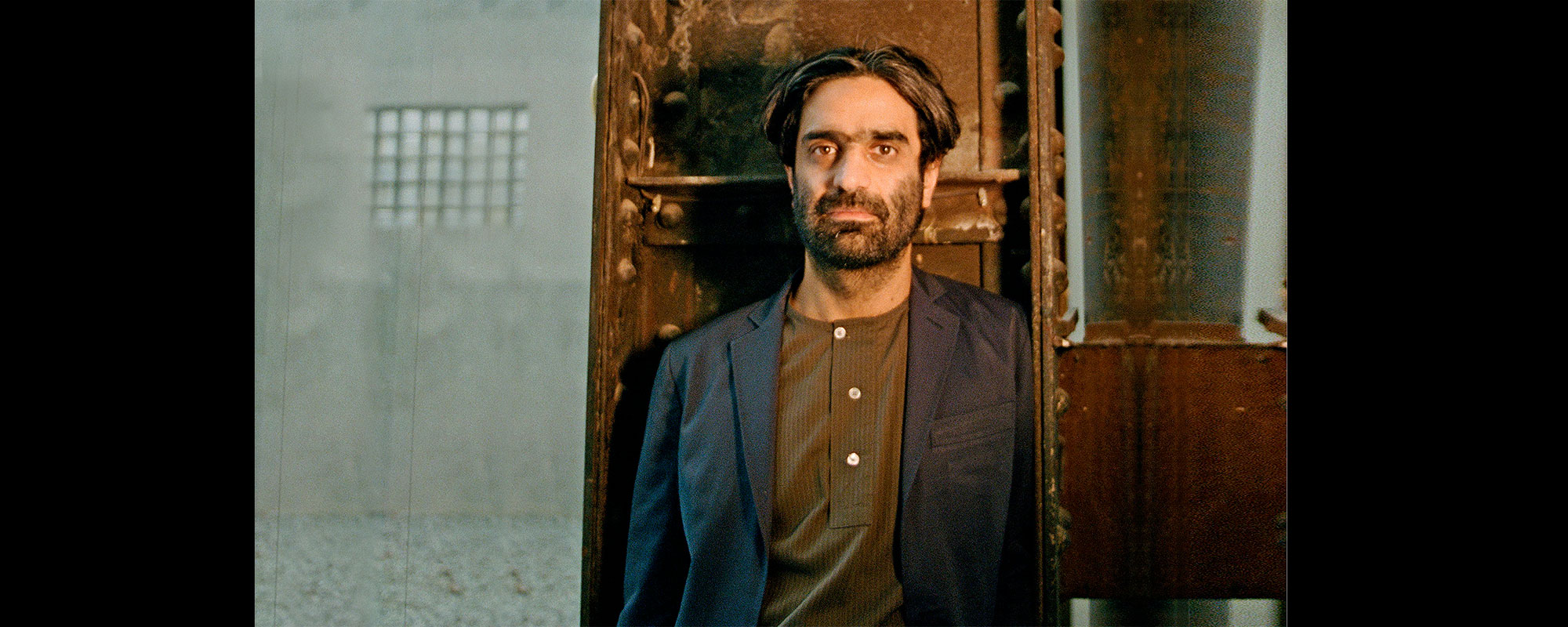Growing up, Sohrab Mohebbi remembers museums as vibrant places. His mom would take him to the Tehran Museum of Contemporary Art, a modernist structure designed by Kamran Diba that mixes Western and Persian elements and is situated in a park where kids play and adults gather over coffee. In the entryway, an Alexander Calder mobile twirled above Noriyuki Haraguchi’s sculpture Matter and Mind, a glistening rectangle of crude oil.
“The museum smelled like oil,” Mohebbi recalls. “It didn’t feel sterile and rigid. It had texture.” One of the challenges of curating, he says, is maintaining that sense of openness and flux even while committing to artists in an exhibition.
“There is always a certain tension in curating,” says Mohebbi, who was recently named the Kathe and Jim Patrinos Curator of the 58th Carnegie International. “A lot of the practice is about taxonomy, classification, and thematization. Art, for the most part, works against that. Art resists categorization.” Drawing from the ideas of a group of Latina feminist thinkers including Gloria Anzaldúa, Cherríe Moraga, and Mariana Ortega, Mohebbi views that tension as productive. “These are people I refer to as models of how I want to be in the world,” he says. “They write about developing a tolerance for contradictions and learning to hold different, even opposing, truths in our hands.”
Mohebbi is in the early stages of researching, conceptualizing, and choosing the curatorial council for Carnegie Museum of Art’s signature exhibition. He moved to Pittsburgh from Long Island City in July and is figuring out how to get to know the city and curate an international exhibition during a global pandemic. “I trust my collaborators,” he says, but admits he’s struggling with the concept of remote studio visits. “I don’t know how to be spontaneous on Zoom.” At the same time, he finds value in being forced to slow down. “I don’t feel like I have to rush to do everything, so I can be more deliberate.”
There are also aspects to quarantine that feel familiar to him. “For many immigrants, we have already experienced an abrupt stop to our social context,” says Mohebbi. “You are cut off and then you have to start building from there.” There are also echoes, he says, of the 1980s Iran-Iraq war, when the supermarket shelves were often empty. He remembers waiting out missile attacks in the basement while a family friend played guitar. “It’s a fond memory which comes from a very difficult moment,” he recalls.
Mohebbi picked up the guitar himself, playing in various bands in high school and while earning a degree in photography from Tehran University of Art. He toured with 127, a group that mixed punk, dance, jazz, and Iranian music. They made a stop in Pittsburgh in 2008. While touring with 127, he also started contributing to Bidoun, an online magazine covering Middle Eastern art and culture. Realizing he wasn’t all that comfortable performing, he decided to pursue a career as an art curator, attending the Center for Curatorial Studies at Bard College in Annandale-on-Hudson, N.Y., at the suggestion of Negar Azimi, the editor at Bidoun. He received his master’s degree from Bard in 2010 and has held curatorial posts at the Hammer Museum and REDCAT in Los Angeles and the Queens Museum in New York, among others. In 2018, he became the curator at the SculptureCenter in Long Island City and will remain its curator at large.
“[The International is] a continuation, a process that started many years ago, and it’s an accumulated way of thinking about art and exhibition making.” – Sohrab Mohebbi
“There were lots of artists around when I was growing up,” he says when referencing his career path. His mother, a translator, hosted an informal gallery in their living room, providing a space for artists after the 1979 revolution shut down most of Tehran’s galleries.
The task of curating the International during a pandemic might seem daunting, but Mohebbi doesn’t feel like he’s building the exhibition from scratch. “It doesn’t begin in this moment,” he says. “It’s a continuation, a process that started many years ago, and it’s an accumulated way of thinking about art and exhibition making.”
He’s homed in on two ideas to guide his research: decentralization and reconstitution. Decentralization, he says, means he plans to push past the museum’s walls to disperse art and programming throughout the city in partnership with local organizations. But it further relates to questioning the dominating narratives, beliefs, and histories that reject the multiple ways of living and being in the world. Which leads to the second idea, that of reconstitution. The centralizing way of life, that of endless exploitation of people and the planet, has resulted in the current conditions, he says. “It is as if we woke up and the world as we never knew it was already over; the apocalypse is not impending, it has already happened,” says Mohebbi. “Reconstitution is an archeology of vernacular ways of life, an attempt to bring back together pieces or the residue of what has been, what remains and what is coming, and we can think of it as an aesthetic practice. It means that we need to reject the creation of beauty somewhere and for some people at the expense of ugliness for others.”
Mohebbi is sure the next Carnegie International will speak to the urgent issues of this moment, but not because his curatorial process will force it. “The exhibition is the work of a lot of people, not only artists and curators, but everyone who contributes to its making,” he says. “It is inescapable for it not to be shaped by what’s going on and it will be a document of its time.”
Receive more stories in your email
Sign up
